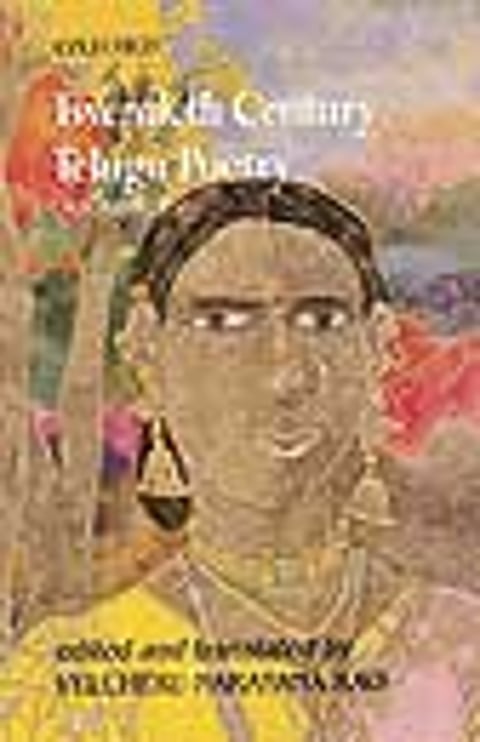Crossing Boundaries
It will provoke some, but it must surely make even the blase Neemrana crowd sit up and take notice.
What makes the remark even more piquant is that Kazim was talking of the difficulties of translating from Braj Bhasha to Urdu—how much more complex when the two languages are Telugu and English! Stubborn purists thus expressed scepticism in respect of even the major translator of the ’70s and ’80s, A.K. Ramanujan, who rendered poetry and even some prose from Kannada and Tamil into English, and made those literatures far more visible outside India than they had been before his intervention. More recently, Tagore has at last found better translators than himself; it’s so easy to dismiss a whole corpus of poetry when all one has are some lame translations, or the bombastic verse of Victorian-inflected English.
This is why the publication of the two volumes under review is a real event, for nothing of a comparable nature exists with respect to any other Indian language. Let non-Telugu readers be frank: how many of them have heard of Nannaya, Tikkana or Appakavi? The poets who had fared somewhat better were those whose Telugu verse is incorporated into Carnatic music, but even here existing translations of Thyagaraja often make one wince. Or take the 20th-century corpus. Here we find towering writers from Viswanatha Satyanarayana and Sri Sri, to more recent poets such as Revati Devi and Jayaprabha who (let’s be honest) put their anaemic counterparts in Indo-Anglian to shame.

The man principally responsible for the two volumes is Velcheru Narayana Rao, himself a poet in Telugu (under the name ‘Nara’), and who has taught in the University of Wisconsin for over two decades now. In the first volume, he once again joins forces with David Shulman, with whom he has already published two volumes of translations. In the style of their erstwhile collaborator Ramanujan, the pair produce insightful, elegant but never literal translations, and a richly informative 70-page introduction, that draws on Rao’s earlier work (written in Telugu) on the history of that literature.
In the first volume we are on relatively safe ground, for the canon is an established one. The second volume (better produced, and with fewer typos) is more adventurous, with the choice being a reflection of the translator’s own priorities and opinions. There is some biting humour, some social critique, but everywhere it is the quality of the poetry that is meant to dominate over any considerations of political correctness. The volume will provoke some, but it must surely make even the blase Neemrana crowd sit up and take notice. And as for the provocation, what better than to quote the 15th-century poet Annamacharya: Why cross the boundary/ when there is no village?/ It’s like living without a name,/like words without love.
Tags